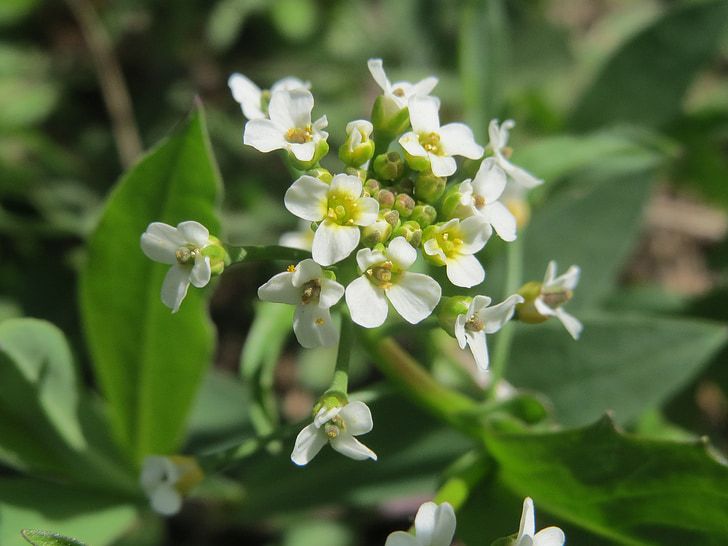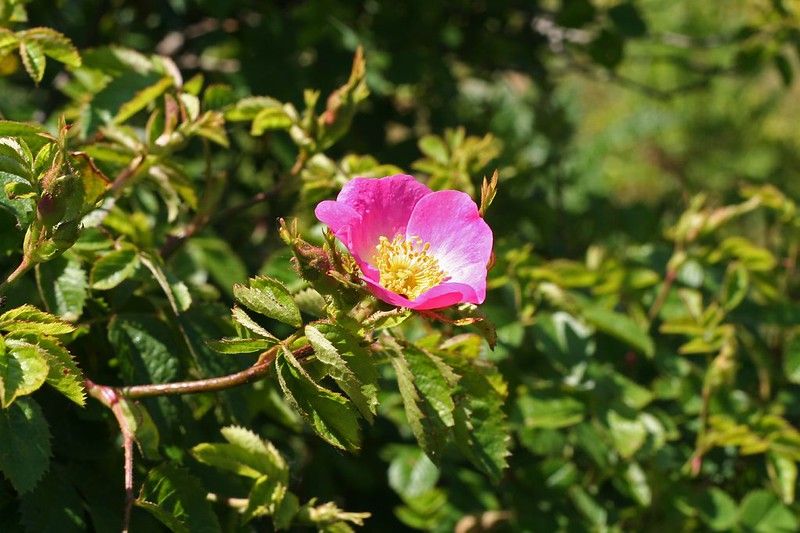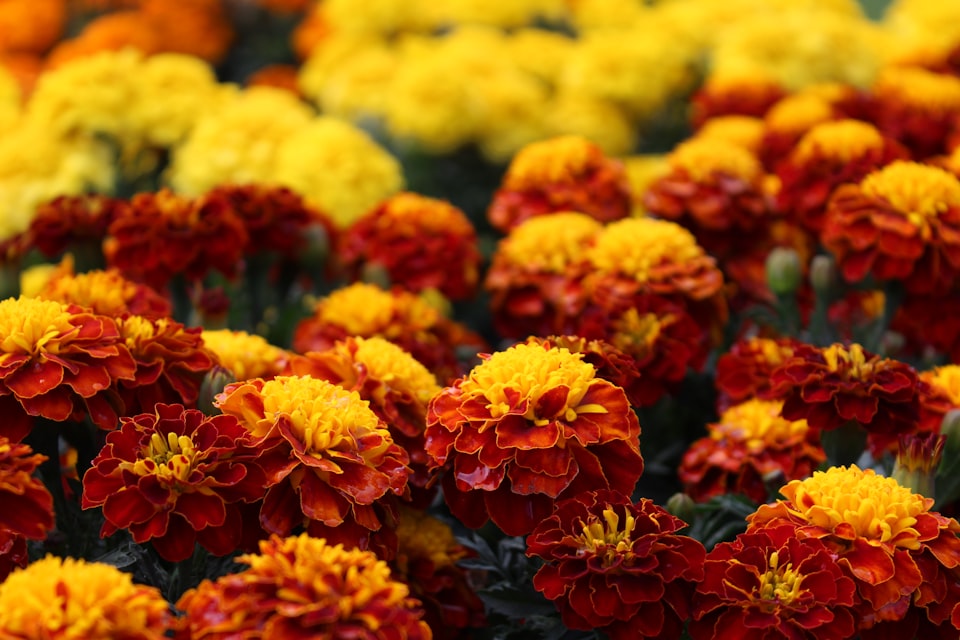I: Pennycress
The smelly weed that can be made into jet fuel.

Good morning. Today is primidi, the 21st of Pluviôse, Year CCXXXI. We celebrate thlaspi, that rarest of plants: the useful weed.
A pretty big chunk of all carbon pollution comes from air travel – about 2 percent. This is rising as the number of flights increases, even as airplanes themselves become more fuel efficient. Unlike cars and motorcycles, airplanes can't be replaced by equivalent electric or human-powered alternatives. Their engines have to burn something.
The necessity of finding alternative fuels for airplanes has led to some interesting studies. Hydrogen fuel and liquid natural gas have both been explored, but these come with their own environmental drawbacks and would require airplanes with special engines made to run on these fuels.
The most promising and viable alternative is biofuel, which can run on the same engine airplanes use now and, depending on the mixture, produces 20 percent to 98 percent less carbon exhaust. The biggest hurdle is cost. What plant can step up and be grown and refined at a large enough scale to begin to compete with fossil fuels?
We already saw one intriguing possibility in poplar. But thanks to a study produced late last year, there's an even better alternative on the scene. It's pennycress.



